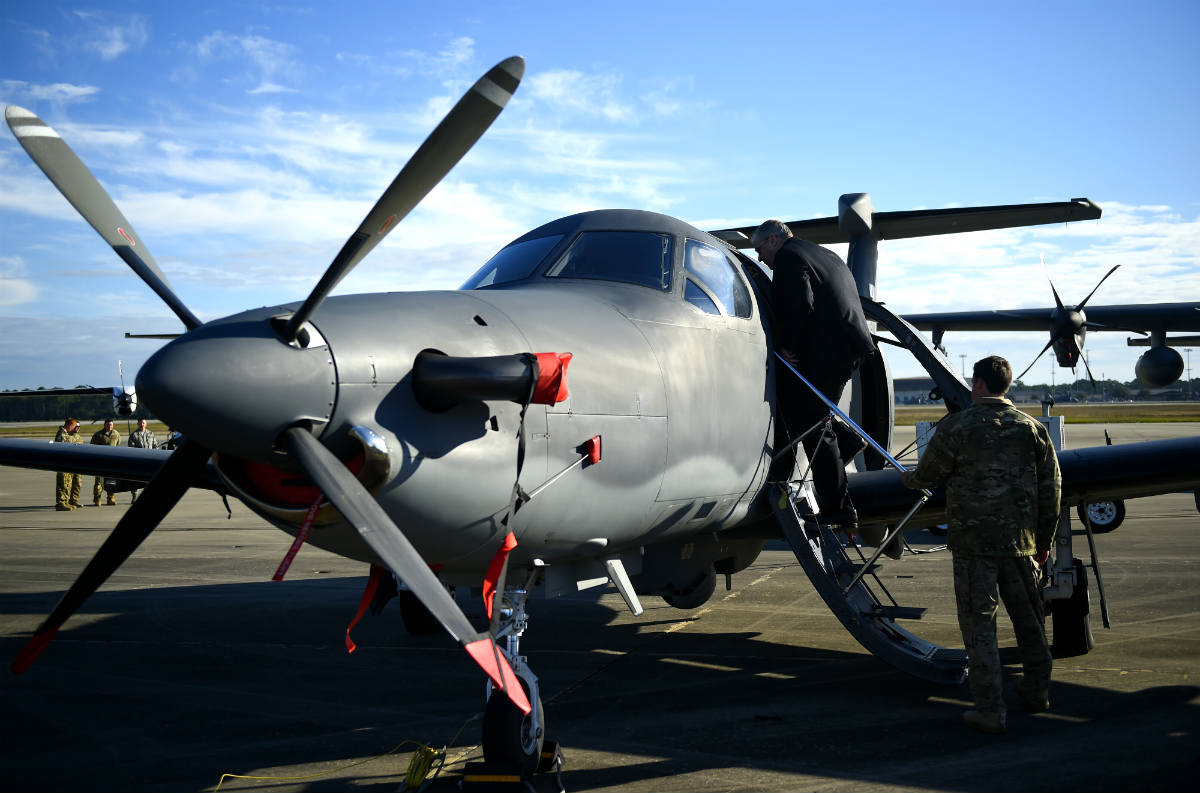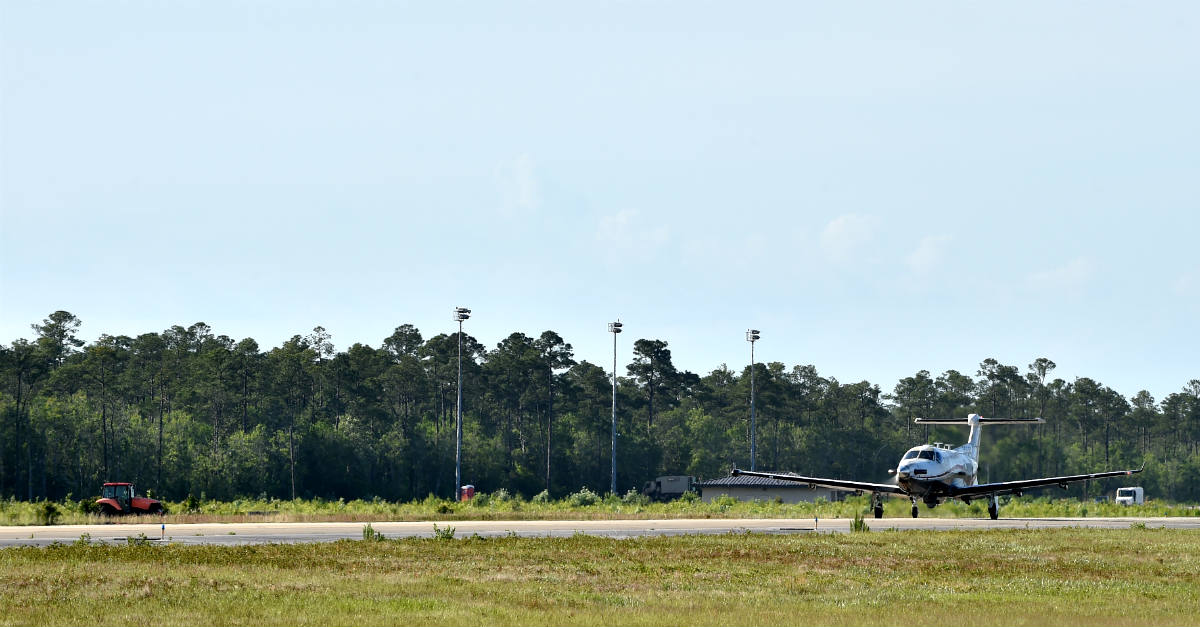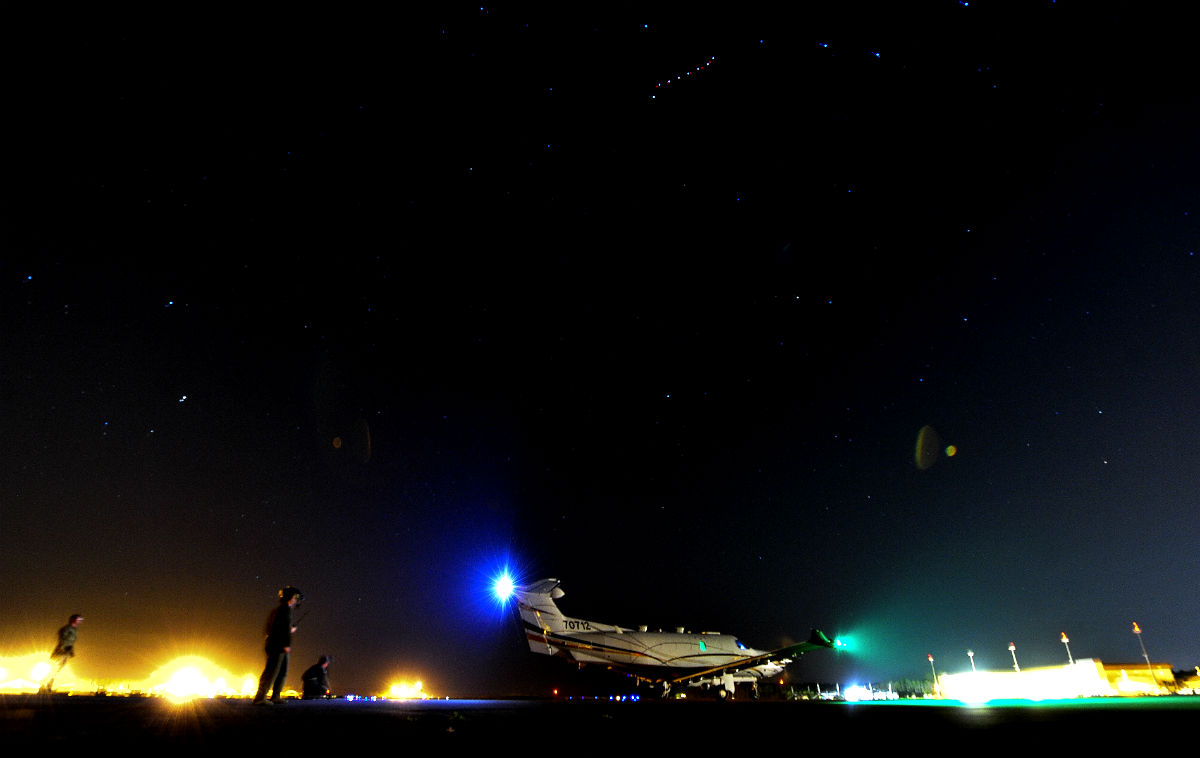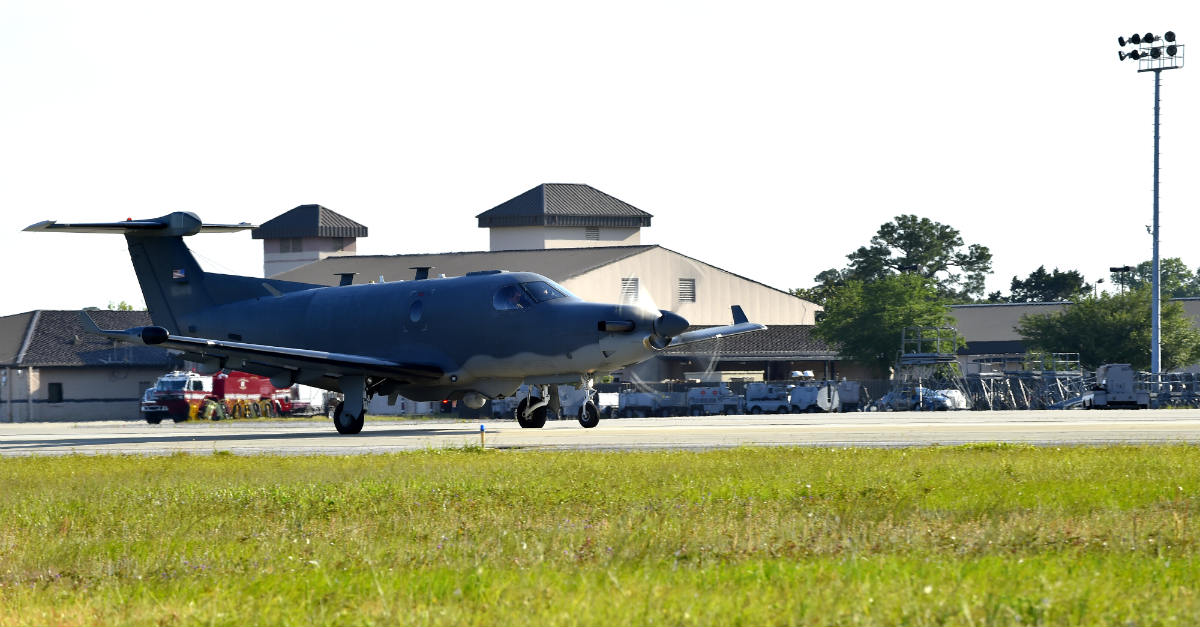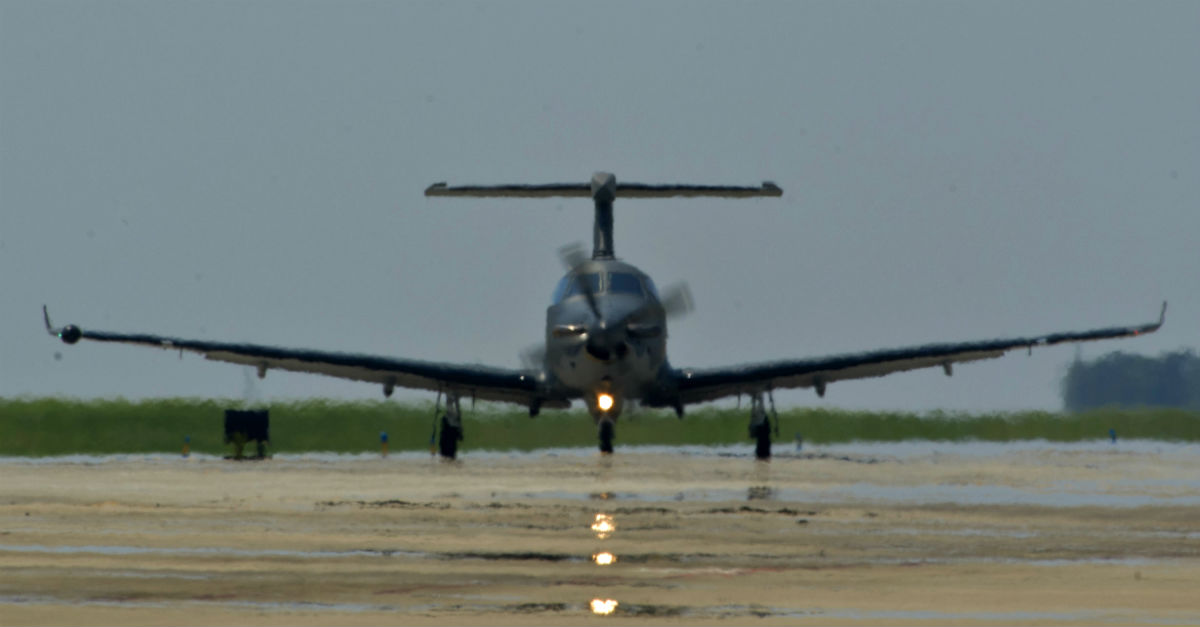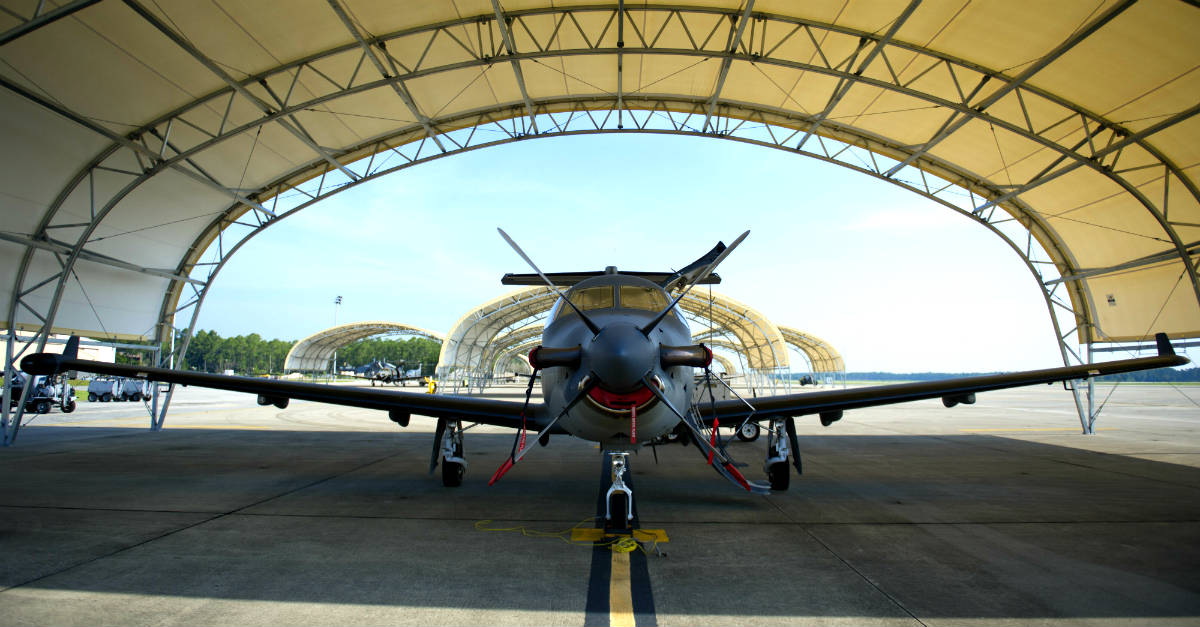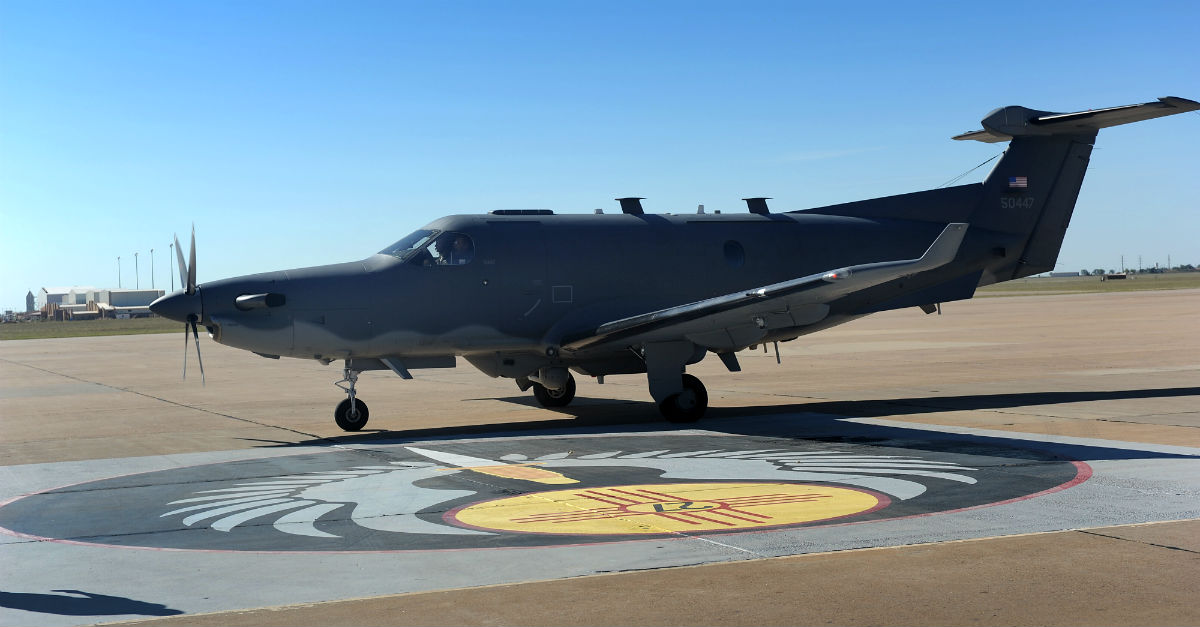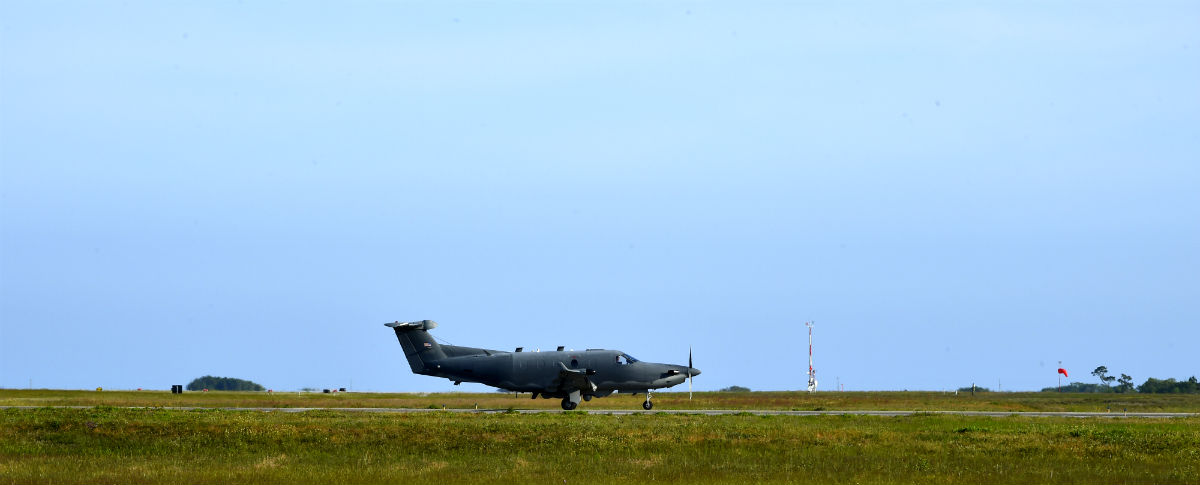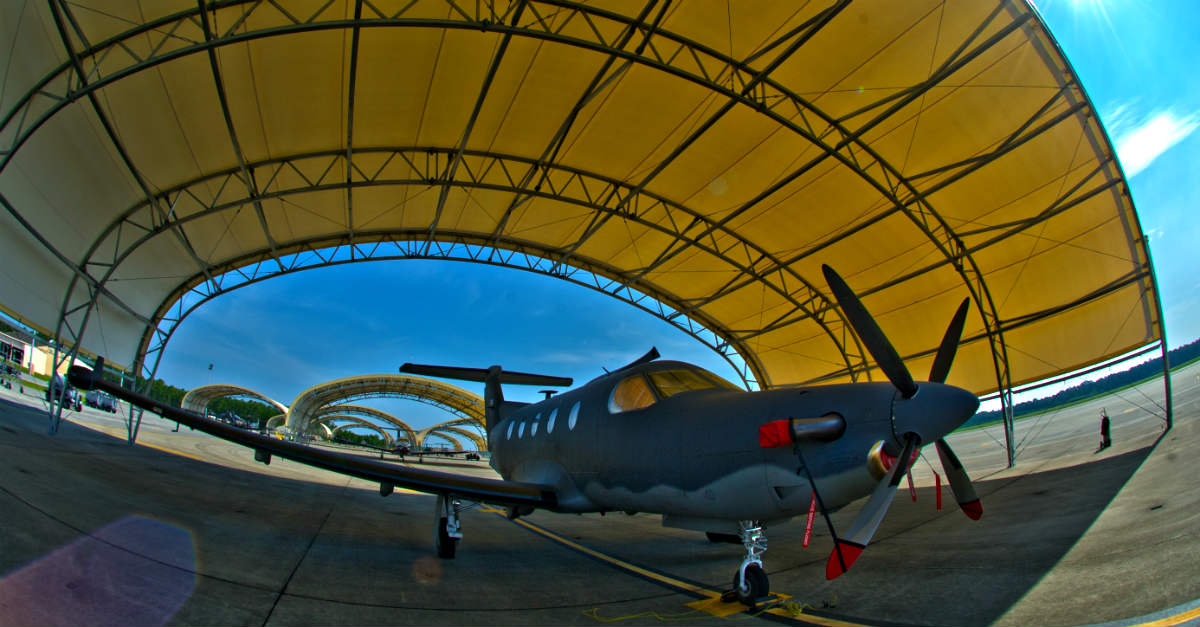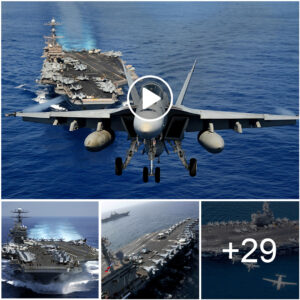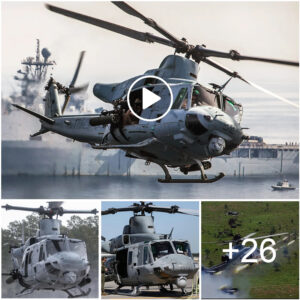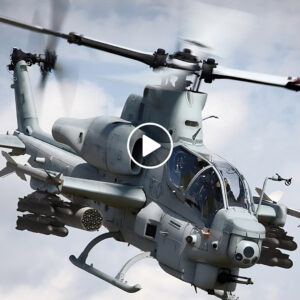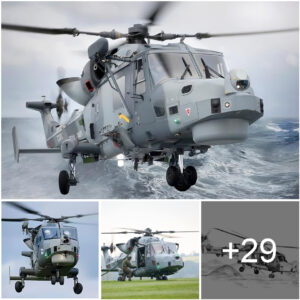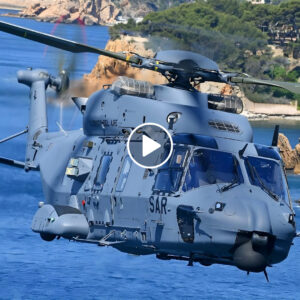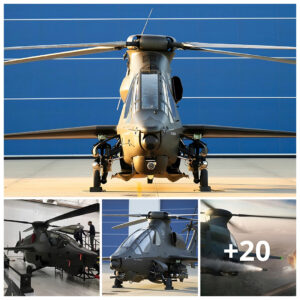The U-28A is an example of Special Operations Command thinking “outside the box”. When the Air Force Special Operation Command identified the need for a limited number of specialized fixed wing aircraft, it bought a small fleet of heavily modified Pilatus PC-12s. They are better known by their designation in the Air Force as U-28As.
Versus waiting years through government procurement contracts to obtain a small fixed wing plane or use an existing model that may not meet mission requirements, the US Air Force opted to buy a plane off the shelf. The PC-12 is a civilian aircraft produced by Pilatus Aircraft out of Switzerland. It’s a single prop airplane capable of carrying up to nine passengers or 1,602 lbs (704 kg) of cargo. As the modified U-28A, this airplane serves a pivotal role in providing intelligence to Special Operations on the ground. The U-28A was developed as a result of Operation Enduring Freedom and Iraqi Freedom. Special Operations required on call/surge coverage for intelligence and ground support.
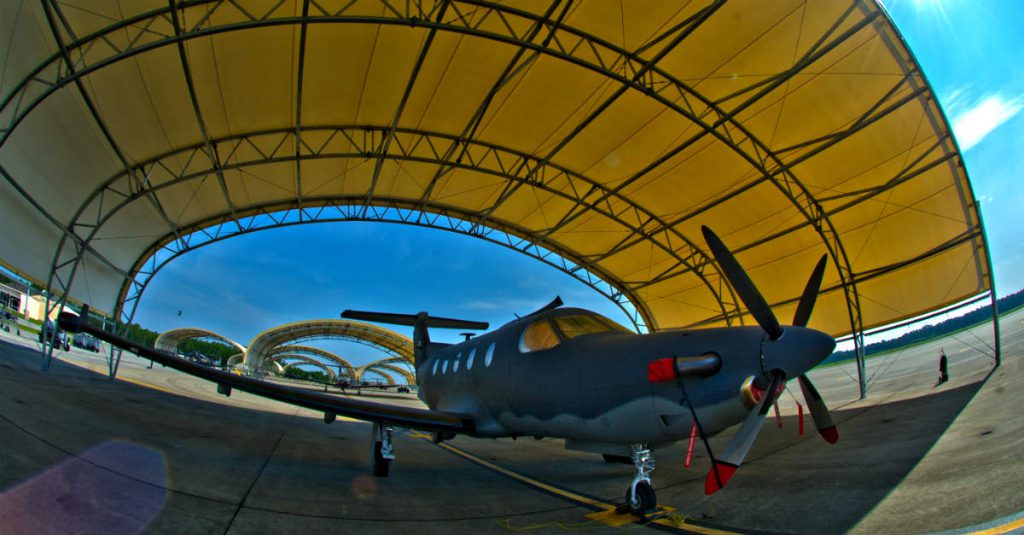
On-Call Services To SOCOM:
Not only can the U-28A carry mission essential signals and intelligence assets on board, it can also deliver critical payload and personnel. The U-28A can make extremely short take-offs and landings on rough, patchy runways. It can fly highly classified cargo nearly anywhere in the world in a relatively discrete manner. With only 28 U-28As active in the fleet, they can meet all the demands of Special Operations Command without having to maintain a number of large, unwieldy squadrons. In fact, that was the whole purpose behind maintaining an unconventional fleet of small and medium aircraft.
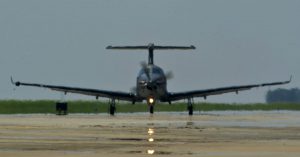
Intelligence Capabilities:
Intelligence, surveillance, and reconnaissance is playing an even more pivotal role in 21st century special operations. It’s known as ISR and more broadly as C3ISR – Command, Control, Coordination, Intelligence, Surveillance, Reconnaissance. That’s an alphabet soup version of the need to be able to dynamically adjust to last-minute changes in mission planning as well as to know what’s going on around the operators. That’s a tall order for the U-28A, but it appears to be holding well to its new role.
C3ISR Technology:
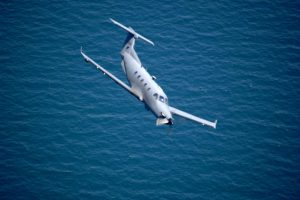
As a C3ISR platform, the U-28A can be equipped with everything from state-of-the-art electronic intelligence equipment to advanced ground sweeping sensors. This keeps operators on the ground informed of what’s going on around them. After ground forces are committed to an area, there is a critical need to be constantly aware of what’s going on around them. A sudden shift in tempo could force a mission to be rapidly restructured. It’s better to know that before the operators find out. Thankfully, the Air Force maintains a fleet of super advanced highly-modified civilian aircraft to help with that job.
European countries like Finland, Switzerland, and Bulgaria use similarly designed variants of the Pilatus PC-12 to conduct similar missions. The U-28A wins at keeping itself discrete while being large enough to carry out surge requirements for intelligence gathering purposes.
See U-28A Specifications
| Power Plant: Pratt-Whitney PT6A-67B turboprop engine |
| Horsepower: 1,100 shp |
| Propeller: 5 blade Hartzell composite propeller to 1,700 rpm |
| Height: 14 feet (4.26 m) |
| Length: 47 feet 3 inches (14.40 m) |
| Wingspan: 53 feet 4 inches (16.28 m) |
| Max. Takeoff Weight: 10,500 lbs. (4,740 kg) |
| Max. Landing Weight: 9,921 lbs. (4,500 kg) |
| Cruise Speed: 285 kn (528 km/h) |
| Range: 1,845 nmi (3,417 km) |
| Service Ceiling: 30,000 feet (9,144 m) |
| Cargo: 2,845 lbs. (1290 kg) |
| Capacity: 6 to 9 passengers seats |
| Crew: 4; 2 Pilots, 1 Combat Systems Officer, 1 Tactical Systems Officer |
| Unit Cost: $16.5 million |
